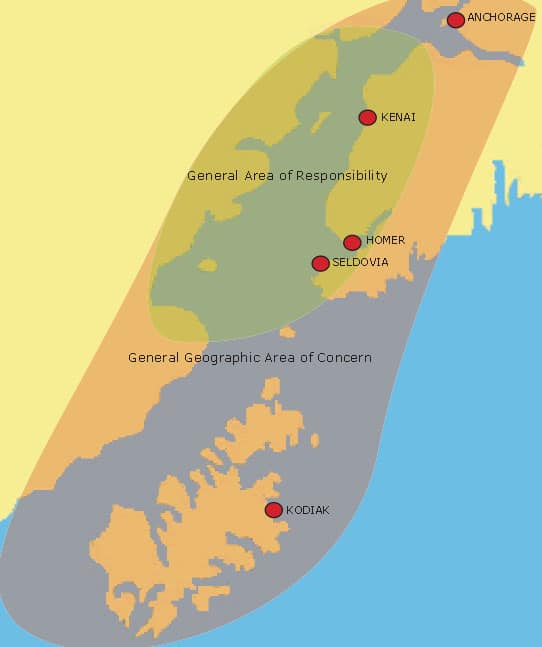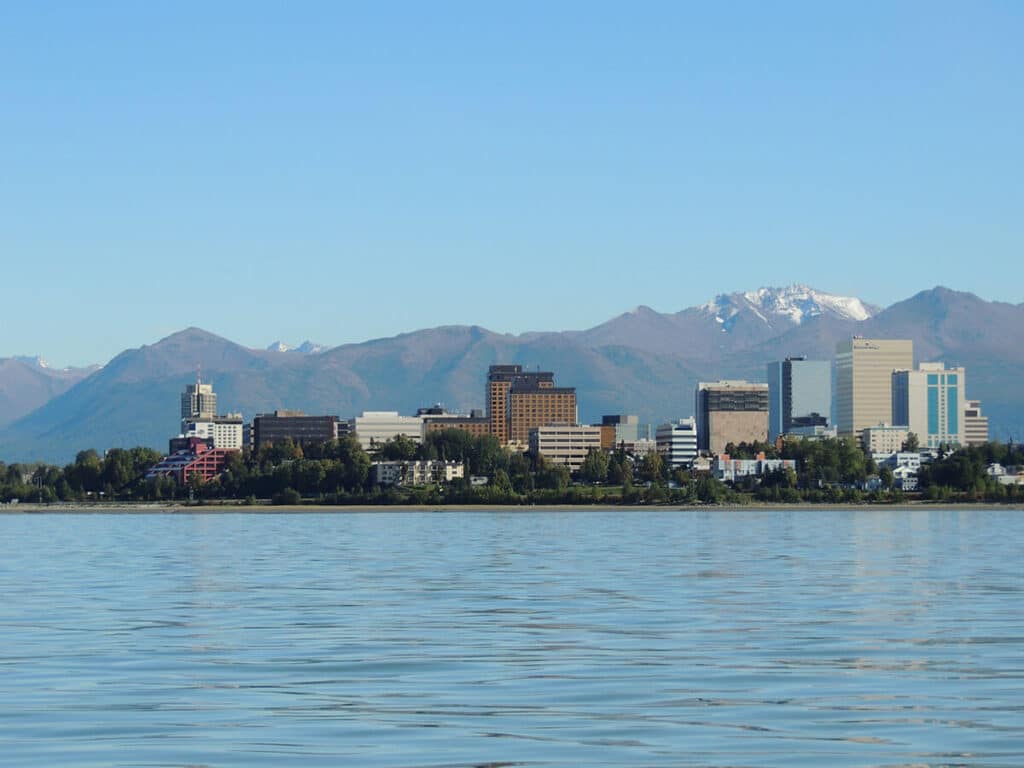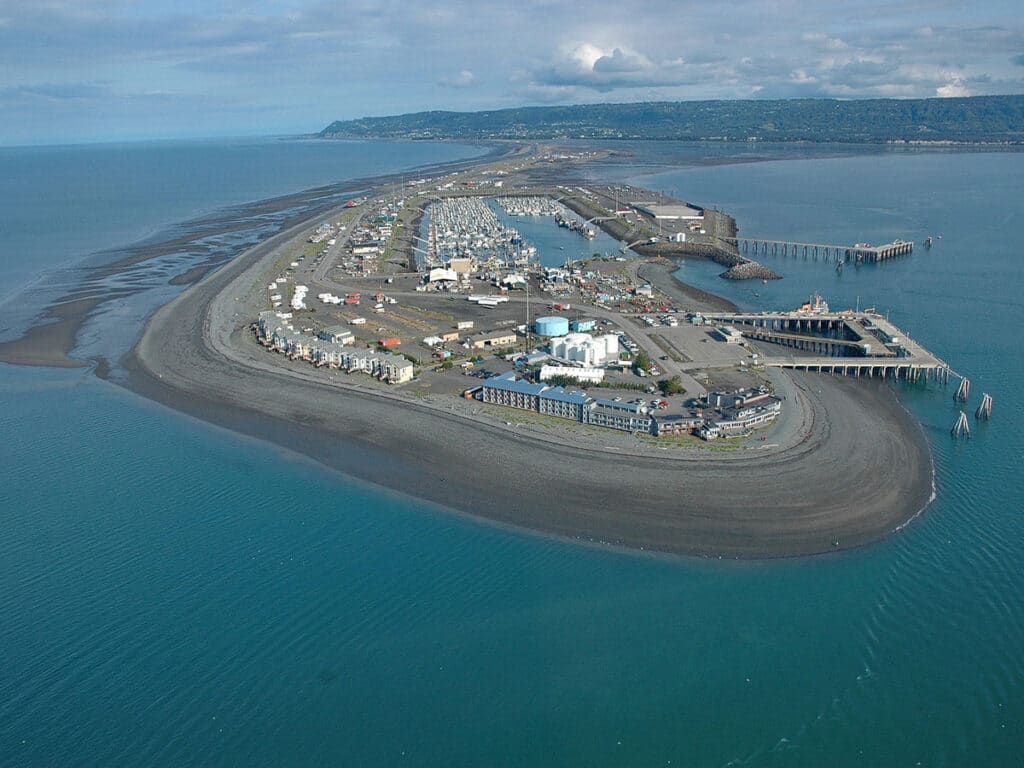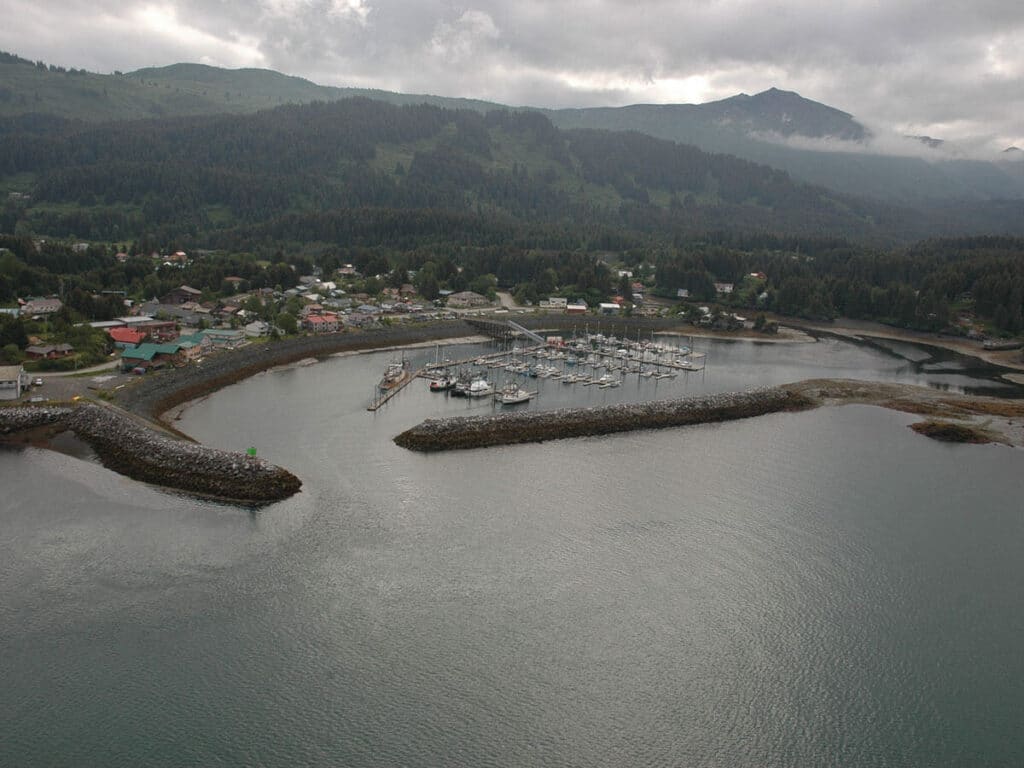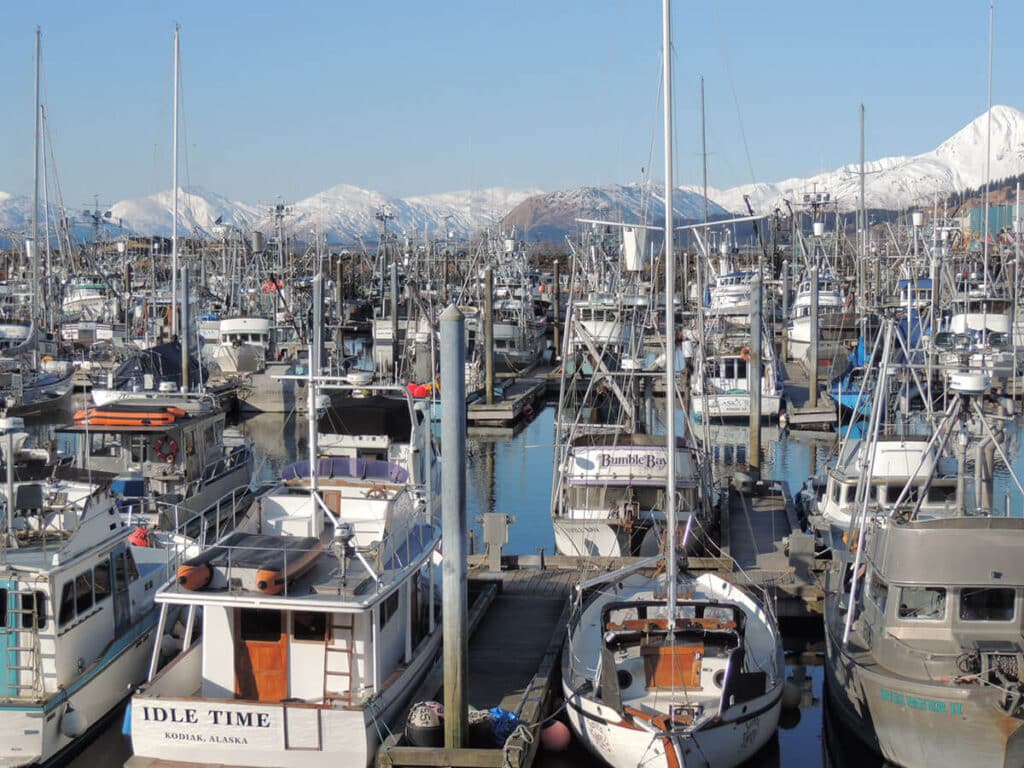HISTORY
With passage of the Oil Pollution Act of 1990, Congress recognized the enormous environmental, social and economic risks associated with the marine transport of crude oil. OPA 90 was designed to address many of these risks and created the Cook Inlet and Prince William Sound Regional Citizens Advisory Councils (RCACs) as mechanisms to combat the industry, regulatory and public complacency which was believed to be a contributing factor leading up to the spill. Through the RCACs, the citizens with the most to lose and the most to contribute are represented and engaged as active participants in problem-solving and decision-making to prevent future disasters.
Through OPA 90, Congress directed CIRCAC to “review and assess measures designed to prevent oil spills and the planning and preparedness for responding to, containing, cleaning up, and mitigating of oil spills” and “devise and manage a comprehensive program of monitoring the environmental impacts of the operations of terminal facilities and of crude oil tankers.”
The project and program highlights described in this report will serve to illustrate CIRCAC’s strategy to fulfill these broad OPA 90 mandates through risk identification, assessment and mitigation.

Pictured left to right: Don Gilman, Kenai Peninsula Borough Mayor; Bill Stillings, CISPRI General Manager; Senator Frank Murkowski; John Beitia, Unocal; Joe Sautner, ADEC; James E. Carter
ORGANIZATION
Congress drew up the guidelines for selecting voting members on the councils to ensure broad representation. CIRCAC’s thirteen Board of Directors each represent a specific interest or community, including the Municipality of Anchorage, the cities of Kenai, Homer, Seldovia, and Kodiak, and the Kodiak Island and the Kenai Peninsula Boroughs. Also represented are Alaska Native organizations, the State Chamber of Commerce (tourism), environmental, recreational, and commercial fishing groups, and aquaculture associations.
In addition, membership includes ten non-voting ex-officio members representing the Alaska Departments of Environmental Conservation; Fish and Game; and Natural Resources and Division of Homeland Security & Emergency Management; the U.S. Coast Guard; United States Environmental Protection Agency; Forest Service; Bureau of Land Management; Department of Interior; Bureau of Ocean Energy Management and National Oceanic and Atmospheric Administration.
CIRCAC works on behalf of these interest groups with federal, state, industry and non-governmental partners to carry out our responsibilities under OPA 90 through specifically designed programs outlined in our Strategic Plan.
The Board of Directors oversees the Environmental Monitoring Committee (EMC); Prevention, Response, Operations and Safety Committee (PROPS); and the Protocol Control Committee which design and accomplish a range of task oriented projects.
AREA OF CONCERN
Under OPA 90, CIRCAC is responsible for “environmental monitoring of terminal facilities and crude oil tankers operating in Cook Inlet located south of the latitude at Point Possession and North of the latitude at Amatuli Island including offshore facilities in Cook Inlet.”
Our area of concern extends to downstream coastlines where spilled oil or contaminants from within our area of responsibility could be transported by currents. We also pursue projects outside of our geographic areas of responsibility or concern, such as laboratory or field studies in the Arctic or other waterbodies, to help us meet our overall goals.
